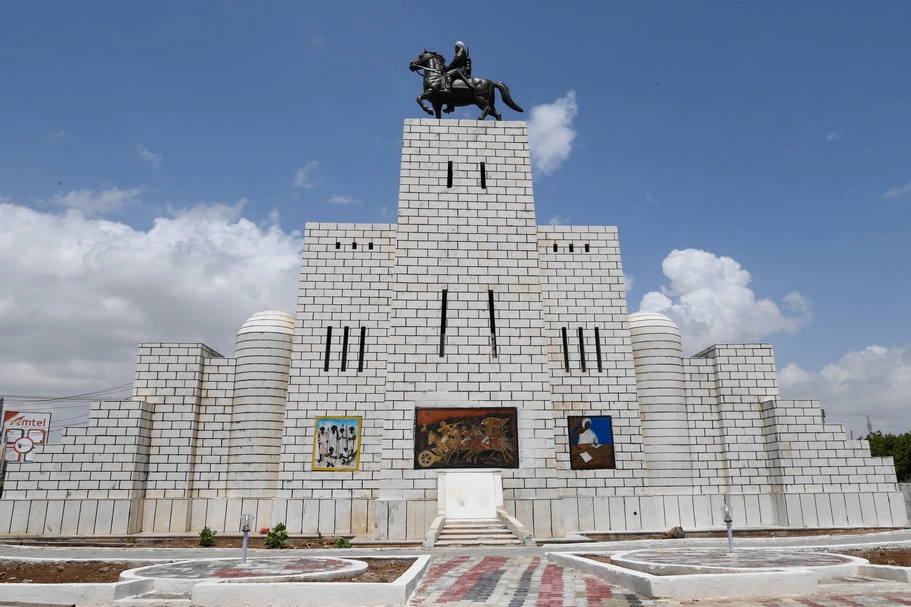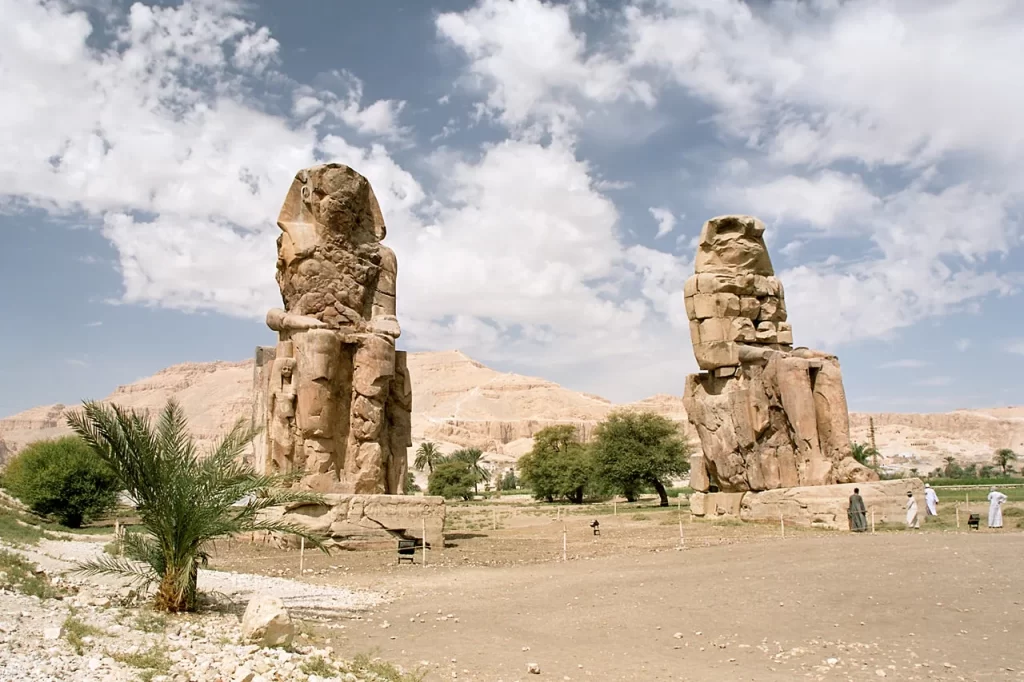Africa, the second largest continent in the world, is a unique and beautiful continent with an amazing culture and great historical sites. Africa prides itself in rich wildlife sceneries, the biggest desert is also found in Africa. In fact, the big five live in Africa as well.
Africa is home to wonderful historical sites which include burial sites, most iconic palaces, temples, and museums. You can get a glimpse of ancient Africa by visiting these sites.
Here are the most iconic historical monuments worth visiting in Africa:
- Voortrekker Monument

The Voortrekker Monument is located in Pretoria, South Africa. This granite monument was designed by Gerard Moerdijk to commemorate the Voortrekkers who had left the Cape Colony between the period of 1835 and 1854.
The monument stands 131 feet (40 meters) tall. The Hall of Heroes is a sizable, tall hall that is located inside the Voortrekker Monument. There are scenes from the Great Trek that are depicted in marble carvings in the hall.
There is also the Cenotaph Hall on the lower side of the monument while in the middle of the hall there is an empty grave. The empty grave was built in honor of the Voortrekkers who died during the Great Trek. Tapestries and a lamp with a flame that is believed to have been burning since 1938 is also placed in the Cenotaph Hall. The flame symbolizes civilization in South Africa.
- African Renaissance Monument

The African Renaissance Monument is a bronze structure that is built on one of the twin hills on the outskirts of Dakar, Senegal. This statue shows an African man holding his wife and carrying a child skillfully crafted looking towards the sky.
This monument was designed by an architect called Pierre Goudiaby. A company from North Korea called Mansudae Overseas Projects built the statue. The monument is 160 feet (49 meters) high and it used to symbolize how the African continent was transitioning from the colonial era of resistance against oppression to a new phase within the international arena.
You can visit the African Monument which is the tallest in Africa, to commemorate how the Africans overcame slavery and colonial clench.
- Monument of The Martyr

The monument of the Martyr, 92 meters tall, is a concrete statue that was erected in 1983 to honor the Algerian War. It is located in El Madania on the summit of Algiers. It resembles three standing palm leaves. It has two crossed swords about 50 meters high that were placed on bases that resembled a man’s forearm.
The Martyr Monument is located near the army canal East of Tigris River. It’s a reminder of Algeria’s long struggle to overcome French colonization. There is an eternal flame in the midst of the monument that is protected by soldiers. You can visit the monument, but you cannot get close to the eternal flame. There is a military museum opposite the square where tourists can go and see exhibits of the relationship that the French and Algeria shared.
- Serapeum of Alexandria

The Serapeum of Alexandria is an old Greek Temple that is located in the Ptolemaic Kingdom, Egypt. Ptolemy III Euergetes built this iconic historical site during his reign between the period of 246 -222 BC. It was built to honor the gods of the Ptolemaic Greeks.
Made of marble, the Serapeum of Alexandria was the most beautiful temple in Alexandria and it was constructed on rocky terrain facing the ocean. The Library of Alexandria is also located in the Serapeum. In 391 Ad, the Serapeum was destroyed during a conflict that arose between the Christians and the Roman Empire. However, there are visible remains on the ground where you can visit but the library remains are still intact.
- Nelson Mandela Statue in Sandton, Johannesburg

In Sandton, Johannesburg stands a six-meter high bronze sculpture of the President of South Africa, Nelson Mandela which was unveiled on 31st March 2004.
Kobus Hattingh and Jacob Maponyane designed the statue and it was revealed by Nelson Mandela’s eldest granddaughter, Ndileka Mandela in honor of the anti-apartheid Nelson Mandela.
- Monument of Sayidka

The monument of Sayidka is a statue that was built in honor of Sayyid Mohammed Abdullah Hassan, who was a Somali religious and chauvinistic leader that organized the Dervish movement in the 1980s. He fought for 20 years against the British, Italian, and Ethiopian Empires.
This mural-decorated monument shows Sayyid Hassan seated on top of a horse. The symbolism of this statue is the struggle of Somalis against colonialism. The statue is located in Mogadishu town in Somalia.
- Colossi of Memnon

The Colossi of Memnon are two large statues that represent the 18th Dynasty of Egypt that was ruled by the Pharaoh Amenhotep III during the period of 1386 to 1353 BCE. These statues are situated in the East of the Nile River and west of the City of Luxor.
The sandstone carvings show Amenhotep III, the king seated on the throne gazing eastwards with hands resting on the knees whereby the shorter statues represent his wife and mother. The panels on the sides represent the god Hapi. The statues are 50 meters high and have a weight of 720 tons each.
The Colossi were placed as a guard for the burial site that used to be located behind them. One Greek historian by the name of Strabo reported that there were singing-like sounds that used to emerge from one of the Colossi. The Historian noted that there was a great earthquake that shattered one statue which led to the noise that people believed to be the singing of departed souls from the burial site. During Amenhotep’s reign people used to worship the statues claiming that Amenhotep III was a god-king.
As a whole, you can get a glimpse of ancient Africa by visiting these historical sites that carry memories of the activities that happened before, during and after the colonial era. Some of them are ruins but still have unforgettable features.
